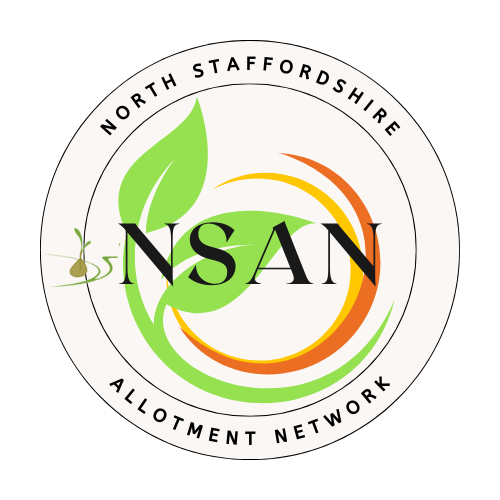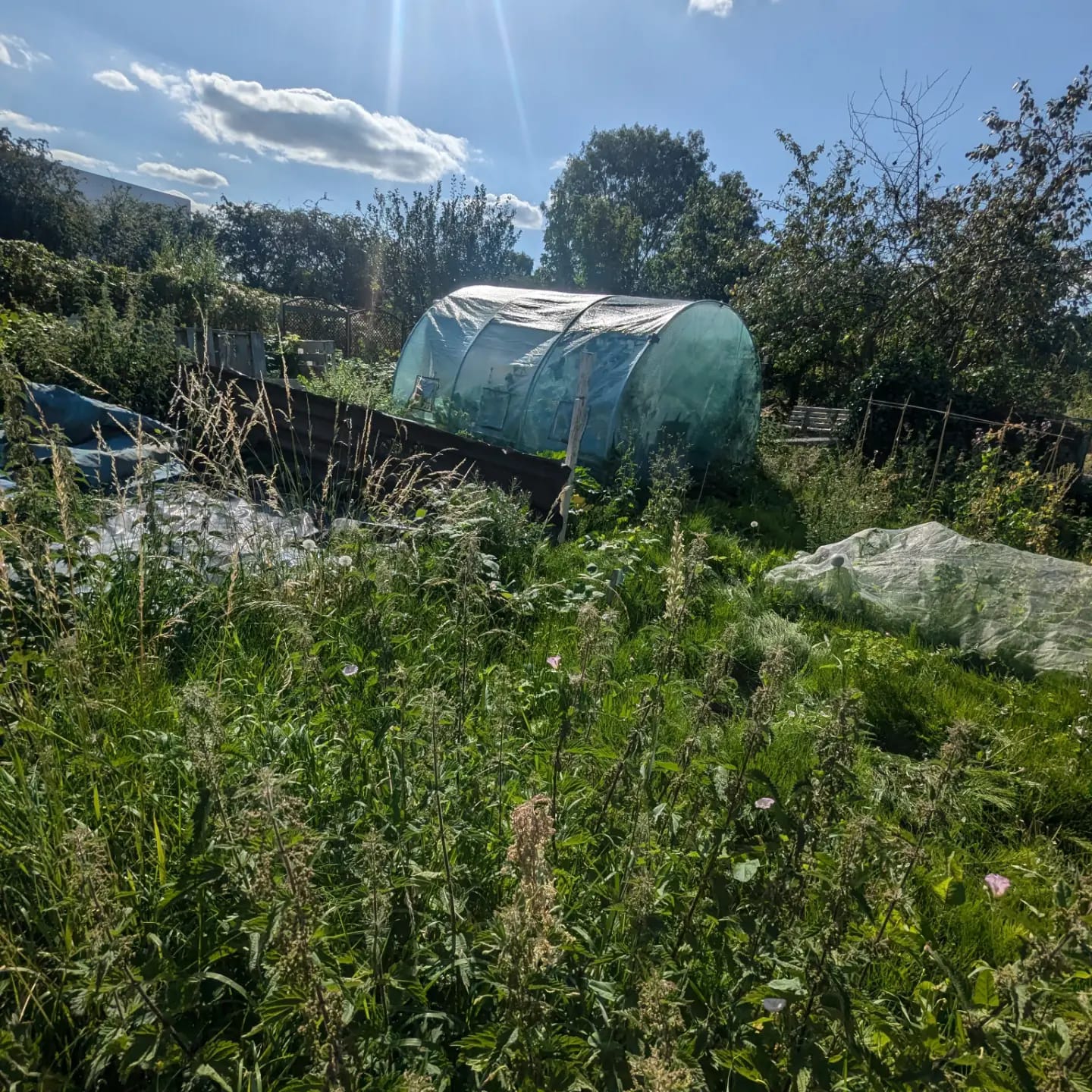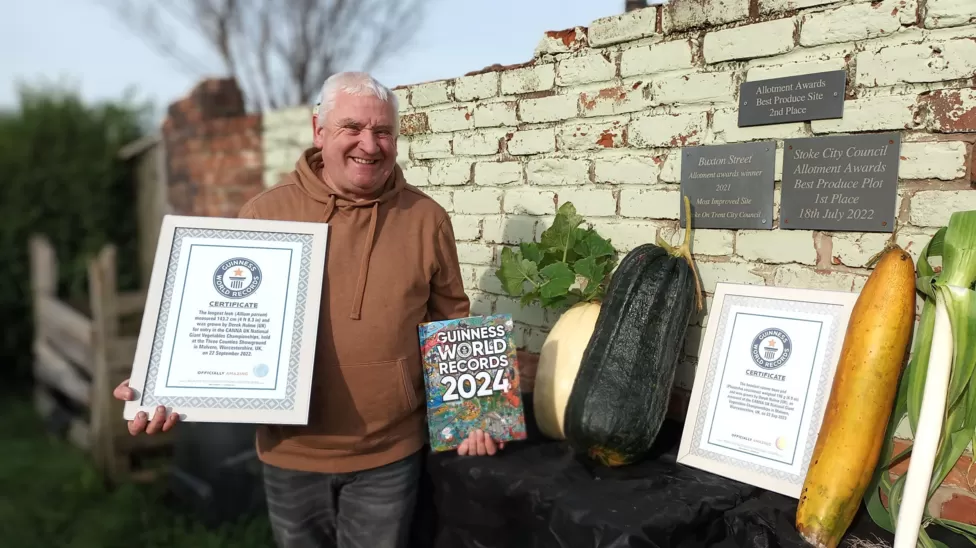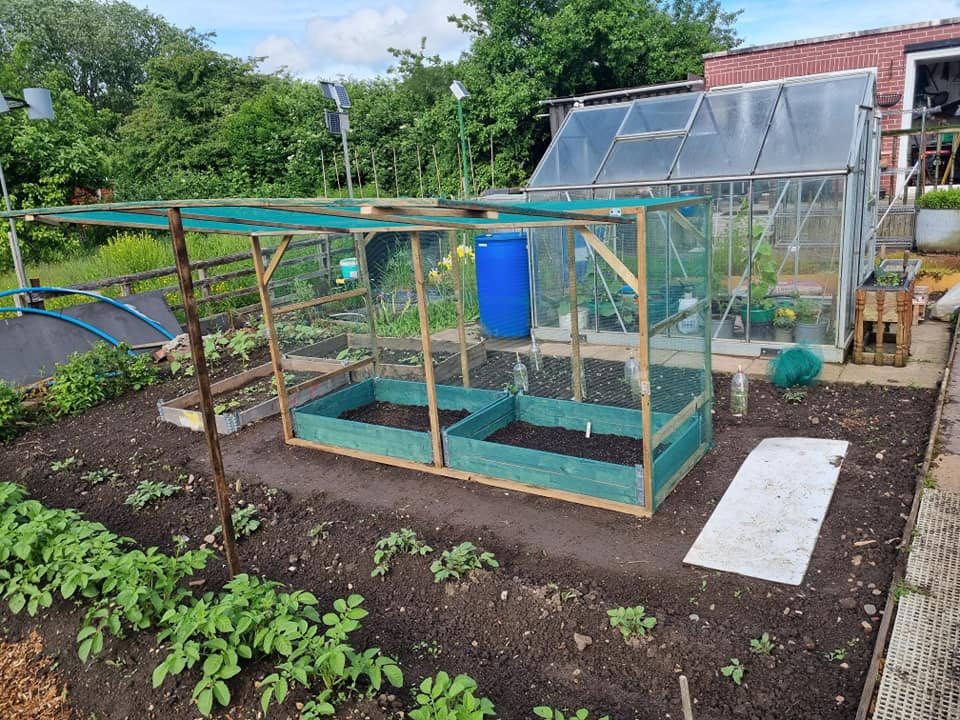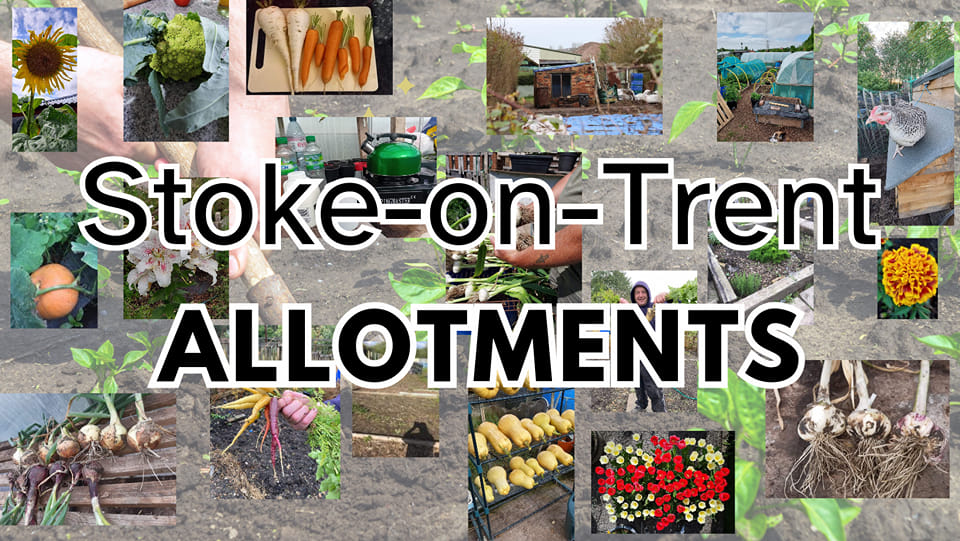The Reality of Allotments: Embracing the Journey of Transformation
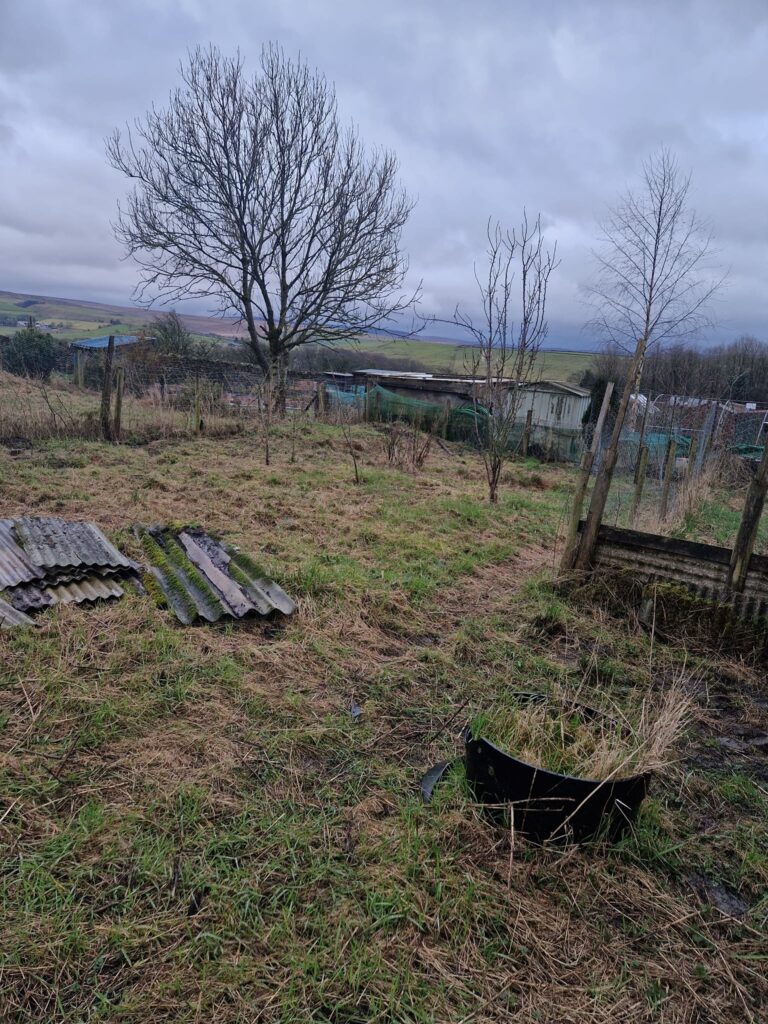
Taking on a plot at an allotment site is an exciting adventure that many aspiring gardeners dream of. The thought of growing your own vegetables, cultivating beautiful flowers, and creating a personal green space is truly inspiring. However, the reality of what lies ahead when you first take on an allotment can be quite daunting. It’s crucial to understand that most plots are not handed over in pristine condition; they are often overgrown, neglected, and in need of significant work.
The Initial State: A Common Challenge
When you first set foot on your new allotment, you might be greeted by a tangle of weeds, brambles, and overgrown grass. This isn’t a reflection of your ability as a gardener but rather a common situation that many new tenants face. Allotments can quickly fall into disrepair if they’re left unattended, and the previous tenant may have been unable to maintain it for various reasons.
Understanding the initial state of your allotment is essential. This plot of land has likely been through various stages of care and neglect, and it’s now your turn to revive it. It’s easy to feel overwhelmed by the sheer amount of work that needs to be done, but it’s important to remember that this is all part of the process.
The Value of Patience and Persistence
Taking on an allotment is not just about immediate results; it’s a long-term commitment that requires patience and persistence. The transformation of your plot will not happen overnight. In fact, it’s likely to take several seasons, or even a few years, before it looks the way you envision. This journey is one of gradual progress, where every small effort contributes to the bigger picture.
Start by focusing on one area at a time. Trying to tackle the entire plot at once can lead to burnout and frustration. Instead, break it down into manageable sections. Perhaps start with a small vegetable patch or a corner dedicated to flowers. Clear the area, prepare the soil, and plant your first crops. As each section begins to take shape, you’ll start to see the fruits of your labor, which will motivate you to keep going.
The Joy of Transformation
There’s a unique joy in watching your allotment transform from a wild, unruly space into a thriving garden. Every weed you pull, every seed you plant, and every structure you build brings you closer to your vision. The key is to embrace the process, understanding that the hard work you put in now will pay off in the years to come.
Moreover, working on an allotment is not just about creating a beautiful space. It’s also about the personal satisfaction and mental well-being that comes with nurturing a piece of land. Gardening is known to reduce stress, improve mood, and provide a sense of accomplishment. As you watch your plot evolve, you’ll also notice the positive impact it has on your own well-being.
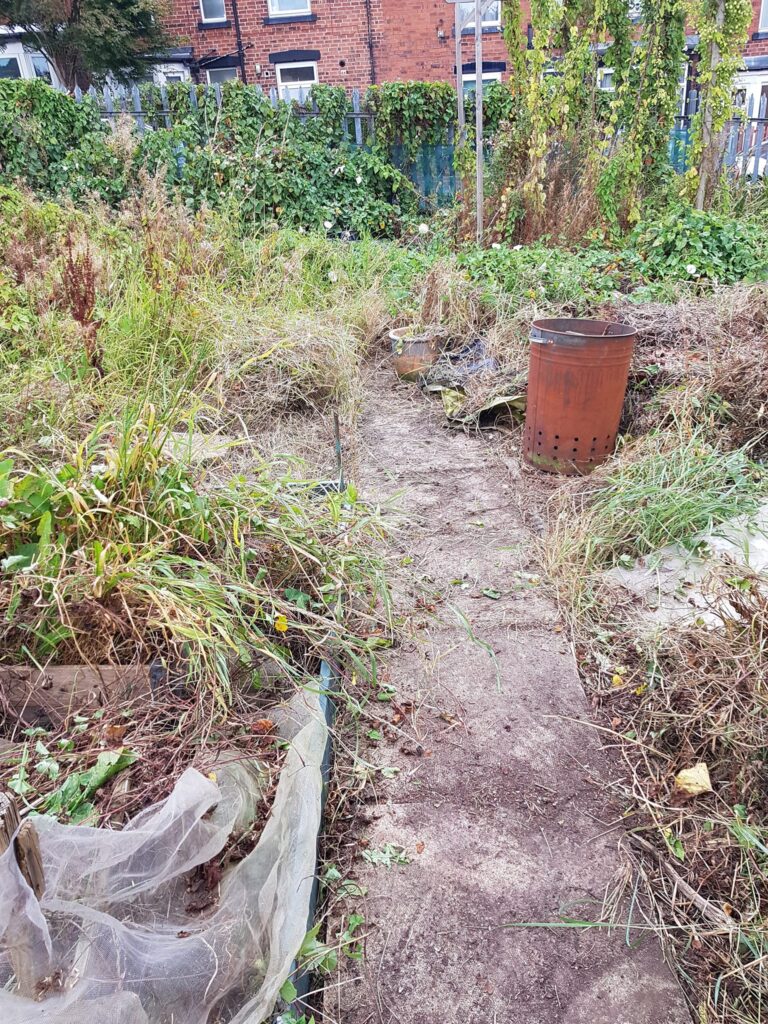
Building a Strong Foundation
One of the most important aspects of taking on an allotment is building a strong foundation for future growth. This involves more than just clearing the land; it’s about understanding your soil, choosing the right plants for your climate, and setting up structures like raised beds or compost bins. These foundational steps are crucial for long-term success and will save you a lot of time and effort in the future.
Consider investing in quality tools and materials, and take the time to learn about sustainable gardening practices. Composting, crop rotation, and water conservation are all techniques that will help you maintain a healthy and productive allotment.
Sourcing Essential Structures: Get Creative
One important aspect of transforming your allotment is setting up essential structures like greenhouses, sheds, or polytunnels. However, it’s important to note that these are not typically provided by the council or allotment committee. This can seem like a significant hurdle at first, but with a little creativity and resourcefulness, you can easily source these items on a budget.
Second-hand sale sites, Facebook Marketplace, and local community groups are excellent places to find these structures at a fraction of the cost of buying new. In fact, many gardeners are often looking to offload their old greenhouses or sheds for free, as long as you’re willing and able to collect them. A bit of hunting around can lead to some epic bargains! Not only does this save you money, but it also adds a unique character to your allotment, with each piece having its own history.
Remember, these structures are not just functional; they are an integral part of creating the allotment of your dreams. A greenhouse can extend your growing season, a shed provides essential storage, and a polytunnel can protect your crops from the elements. By sourcing these items second-hand, you’re not only saving money but also giving new life to materials that might otherwise go to waste.
Looking Ahead: The Allotment of Your Dreams
As the months and years pass, your allotment will slowly but surely transform into the garden of your dreams. It’s important to remember that this journey is not a race. Each season will bring new challenges and opportunities, and each small victory will bring you closer to your goal.
The key to success is to take it one step at a time, focus on what you can achieve today, and enjoy the process. Your allotment is more than just a piece of land; it’s a living, breathing project that reflects your hard work, creativity, and dedication. Embrace the journey, and in time, you’ll have a space that you can truly call your own.
In conclusion, when you take on an allotment, be prepared for hard work, patience, and persistence. But also be ready for the immense satisfaction that comes from transforming a neglected plot into a thriving garden. With a bit of resourcefulness and determination, you can source the structures you need without breaking the bank. Bit by bit, with dedication and care, you will create a space that brings you joy, feeds your body, and nurtures your soul.
